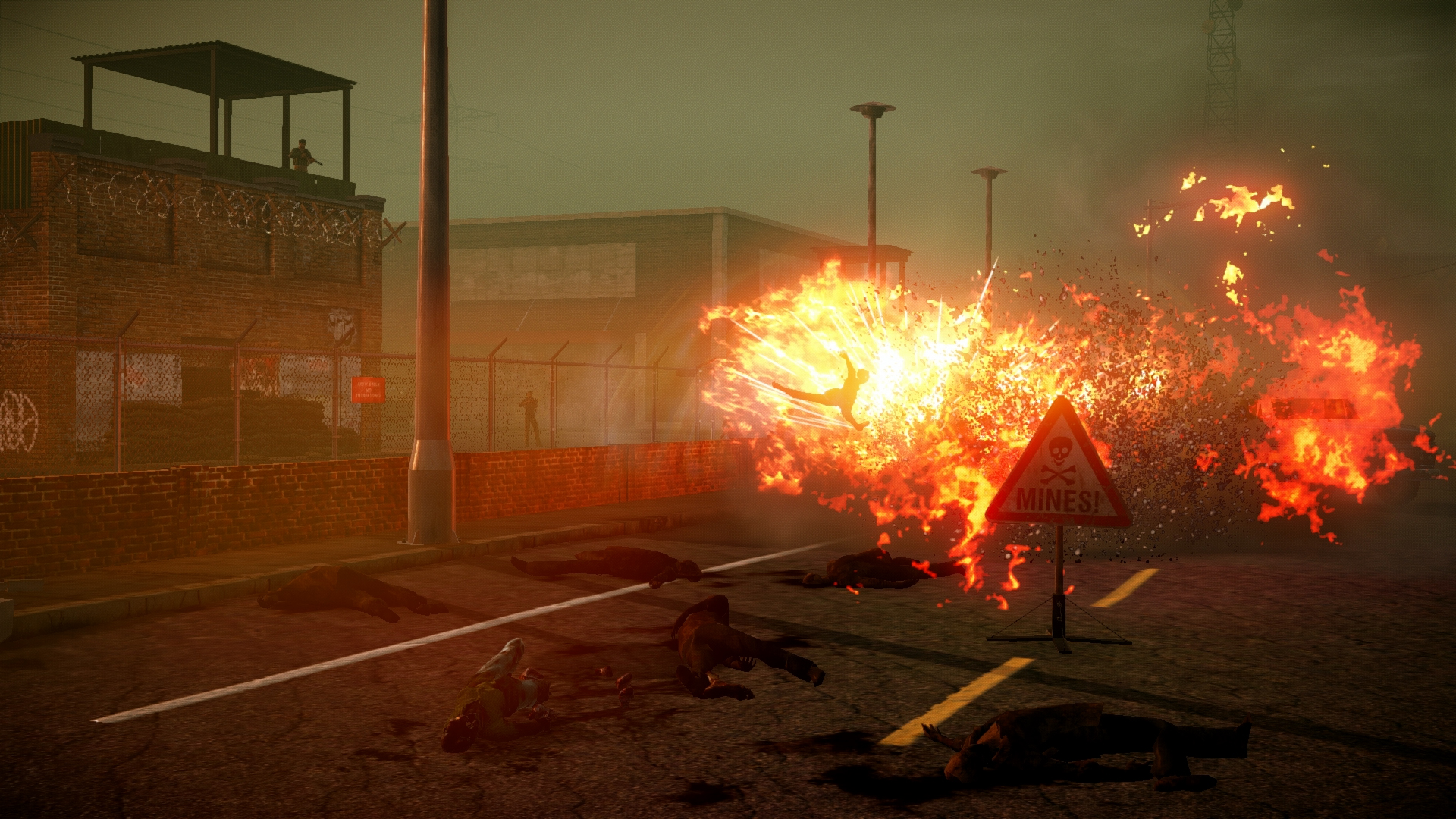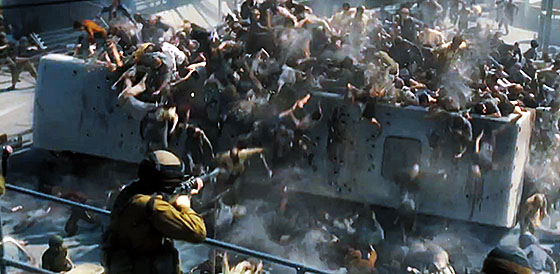State of Decay: Lifeline
Written by: Adam "ManKorn" Korenman, CC2K Video Games Editor
Suffer the Little Children

No, there are no children in Lifeline. There is, however, a city full of civilians, all praying for rescue. Throughout the game, you will hear about them over the radio. Though they are not part of your mission, saving civilians keeps morale high and resources plentiful. However, unlike in Breakdown or the original campaign, you don’t have all day to get to a survivor.

In the Army, you often hear about Murphy’s Law: anything that can go wrong will, and often at the worst possible time. This concept has been around since the dawn of time, and it is always true.
In Lifeline, Murphy pokes his head up during missions on a regular basis. Are you on your way to pick up a civilian? Well, one of your guys is going to call in for help. Did you just alert a horde while scavenging for supplies? Well, your rifle is about to jam. During one mission, I had just picked up a soldier (barely escaping from a deadly Juggernaut) and was on the road when a Bloater appeared. I swerved to avoid him, hit a ramp, and flipped the truck over. As my new recruit and I emerged from the vehicle, a horde caught whiff of our scent and ran at us, ravenous. Right then I realized that my melee weapon was broken, my rifle was out of ammo, and my health was in the danger zone. Out of breath and out of options, I chose the martyrs path and pulled the pin on my last grenade. Huddled with my “rescued” soldier, I dove into the horde and took them to Hell with me.

Another major change in gameplay comes in the form of Sieges. Below the minimap, a small triangle lets you know the current threat level of your home base. Over the course of several days, that level will increase (depending on the roaming hordes and infested houses). Once the breaking point is reached, hordes will converge on your fort in increasingly large numbers.
My first siege went well, as I had artillery strikes and more than enough ammunition. Late in the game, when the support infrastructure crumbeld, things took a turn for the worse. I had ten soldiers inside the wire, and a few civilians, and all were armed to the teeth with everything from assault rifles to grenade launchers. I felt secure.

They hit in waves, rolling over the fences and charging my men. I called in an airstrike, nearly killing myself as bombs dropped only a hundred feet away. Both of my trucks went up in flames, but I took out two Ferals and several dozen zeds. The next wave succumbed to an incendiary strike, but not before they ripped my medic in half.

The third wave struck hard, breaking down both of my gates and sending a sea of undead pouring into my base. I stood on a roof, hurling precious grenades and molotovs to ill effect. Over the radio I heard my terrified team reporting.
“They’re through the east gate!”
“Zombies in the mess!”
“They’re inside the LZ!”
I fired my rifle into the swarm indiscriminately, hitting friend and foe alike in a desperate attempt to end the surge. Suddenly I heard a familiar clang of metal on metal: my rifle had jammed. I ran to the supply box, hoping I would be able to grab something in time. Before I’d gone two steps I ran smack dab into a Bloater. It popped with a sick grin, showering me in noxious fumes. Stumbling passed the remains of one of my gunners, I managed to snag a shotgun and ammo. I turned just in time to level a charging Feral, pausing to curb stomp him into oblivion. For a moment I felt triumph. I was going to survive.

Then a Juggernaut grabbed me and ripped me into bite-size pieces.
Moments like these happen organically, and tell a story far greater than the one handed to you by the developers.
